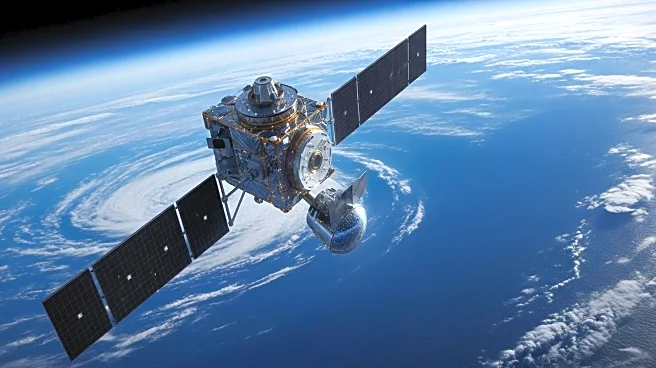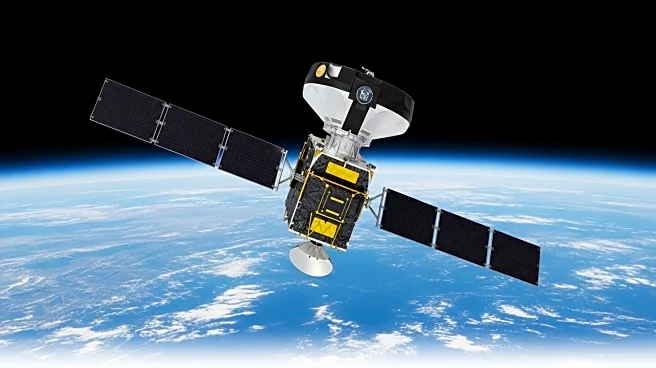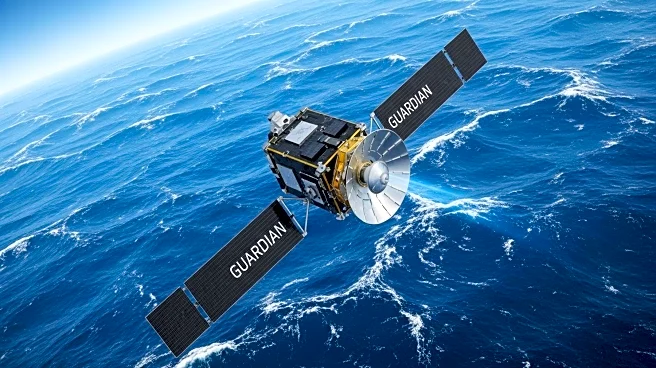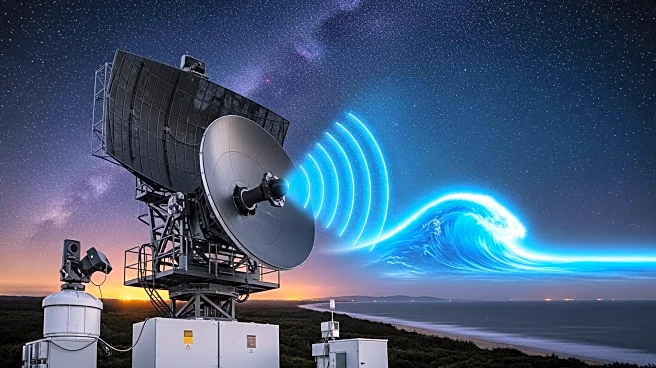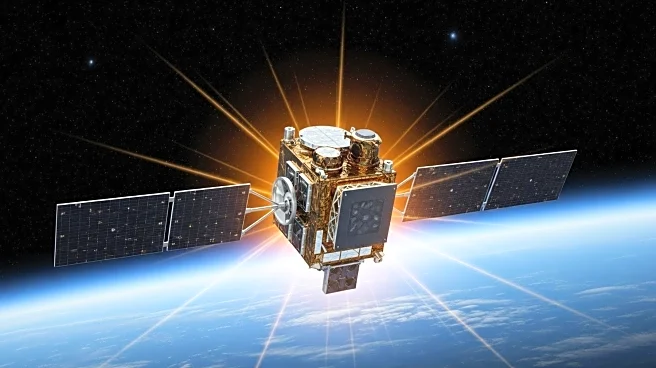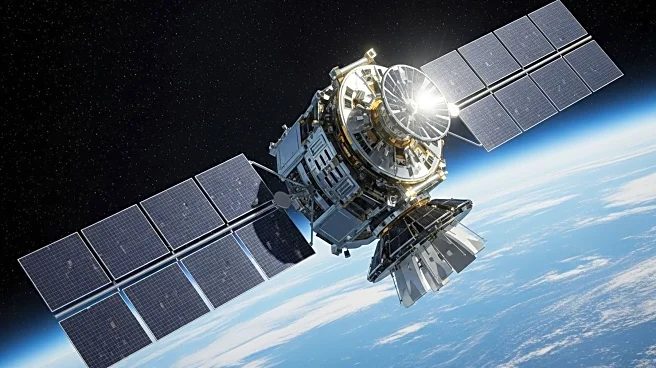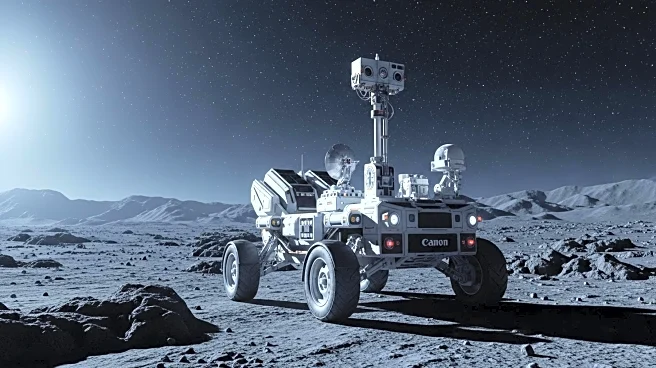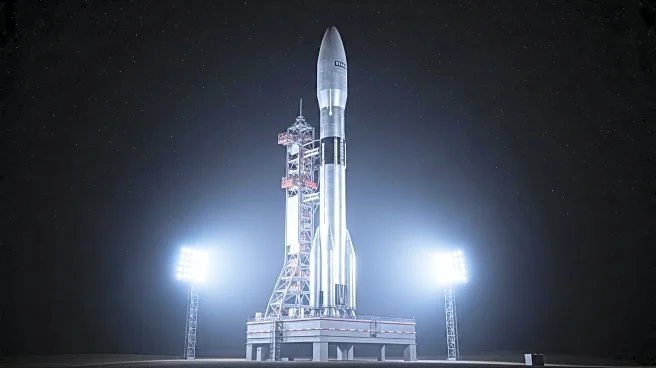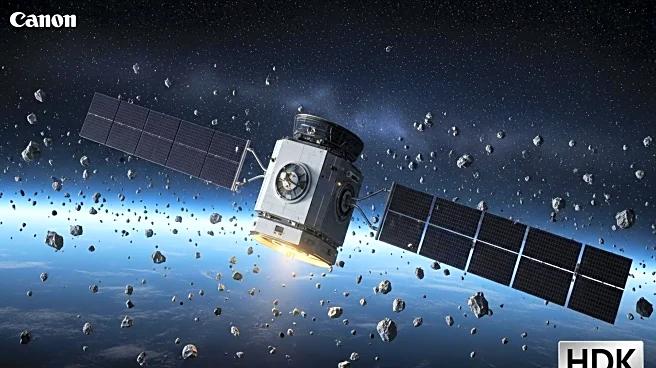What's Happening?
NASA's experimental detection system, GUARDIAN (GNSS Upper Atmospheric Real-time Disaster Information and Alert Network), successfully tracked a tsunami triggered by a massive earthquake off Russia's Kamchatka Peninsula. The system utilizes signals from global navigation satellite systems to detect pressure waves in the ionosphere caused by the tsunami, allowing scientists to monitor the event before the waves reach land. This innovative approach provides a new method for real-time tsunami detection, enhancing disaster preparedness and response capabilities.
Why It's Important?
The ability to track tsunamis in real-time is crucial for disaster management and mitigation efforts. By detecting pressure waves in the ionosphere, GUARDIAN offers a novel way to predict the movement of tsunamis, potentially saving lives and reducing damage by providing early warnings. This technology represents a significant advancement in atmospheric monitoring and could lead to improved safety measures for coastal communities vulnerable to such natural disasters.
What's Next?
NASA's continued development and refinement of the GUARDIAN system could lead to broader applications in disaster management. Future enhancements may include integration with other monitoring systems to provide comprehensive real-time data during natural disasters. Stakeholders such as government agencies and emergency response teams may collaborate with NASA to implement this technology in their disaster preparedness strategies.
Beyond the Headlines
The GUARDIAN system's success highlights the potential for satellite technology to revolutionize disaster detection and response. Ethical considerations regarding data privacy and the use of satellite monitoring for surveillance purposes may arise as the technology becomes more widespread. Additionally, the system's development underscores the importance of international cooperation in addressing global challenges posed by natural disasters.

